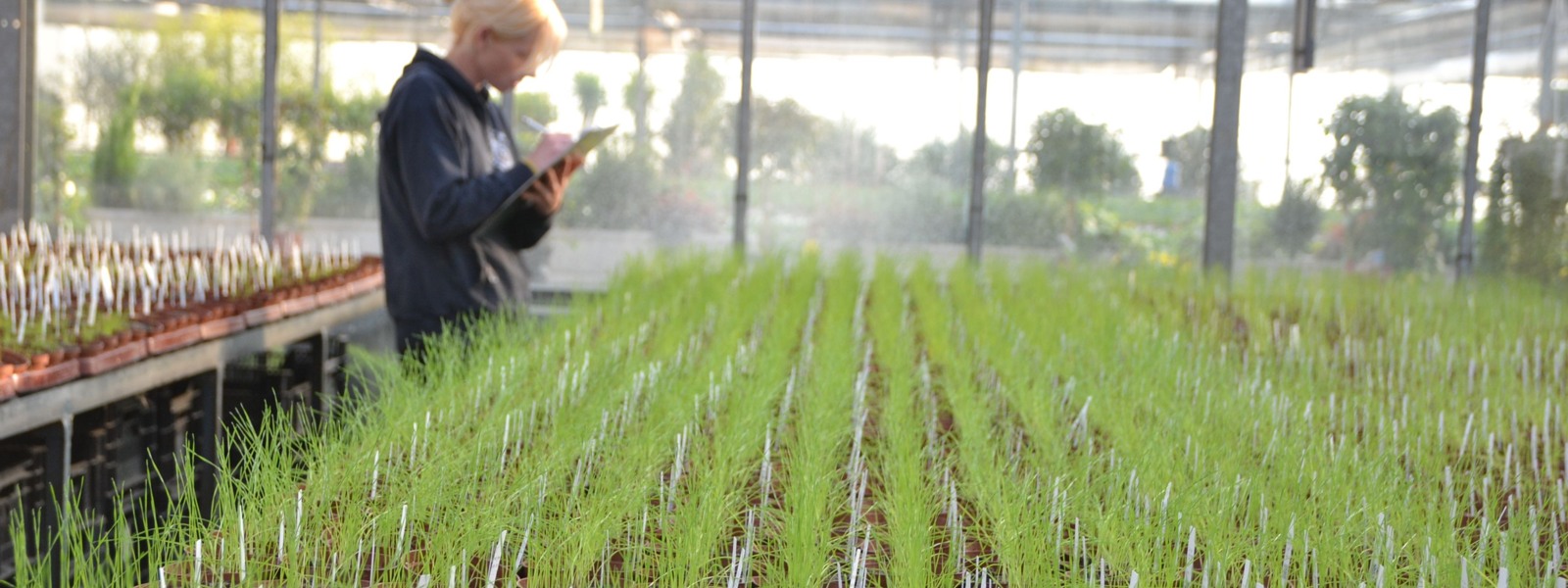What is the resistance test and when it is used?
The resistance test is used to detect the presence of herbicide resistance in grasses. It is carried out when reduced activity is observed among surviving plants in the field after completion of the herbicide activity (about four weeks after herbicide application). The test is used for all major herbicide products for controlling grasses of group HRAC A (FOPs / DIMs) , HRAC B (sulfonylureas) , HRAC G (glyphosate) , HRAC K1 (pendimethalin), and HRAC K3 (flufenacet).
Reduced efficacy of herbicides can have many causes. An application error perhaps? If you suspect herbicide resistance in your field, you should take a moment to perform diagnosis by exclusion (see under: http://www.hracglobal.com/pages/detectingherbicideresistance.aspx in the chapter „Field Observation“). A resistance test provides you with the evidence as to whether resistance is actually present. Get the facts regarding a mere suspicion.
How long does the resistance test take?
Resistance test takes 8-10 working days. The test is product-specific and requires preparation. Let us know about the product you used in the field about one week in advane. Upon receipt of your plant material, we start the Investigation immediately. You receive the results within ten working days.
How does the resistance test benefit you?
Herbicide resistance types are as diverse as agriculture itself. The suspicion of resistance to an applied product can be confirmed using the resistance test, which proves a resistance. Thus, application errors can be excluded and you can react to the challenge in a targeted manner. Together with your advisor, you develop a specific strategy for weed control for the coming years. However, it may be necessary to obtain further information on resistance, for example, regarding possible cross-resistance to other products you want to use.
We can assist you here, for example by determining resistance profiles within which we test the range of herbicides you use in crop rotation. Determining a resistance profile is worthwhile for long-term planning and for all farmers who have an interest in the sustainability of their production system.
What type of sample material is required for the resistance test?
We need you to provide us with at least 100 live and vital green plants with roots and balls (see below for the species that can be tested). The herbicide efficacy in the field must have already been completed (about four weeks after application). For instructions on sampling and shipping plants or for further Information, please contact us (info@plantalyt.com).
Plant species that we can check using the resistance test:
blackgrass (Alopecurus myosuroides)
silky-bent grass (Apera spica-venti)
ryegrass (Lolium spp.)
brome grasses (Bromus spp.)
wild out (Avena fatua)
The following videos provide instructions for sampling and shipment:






